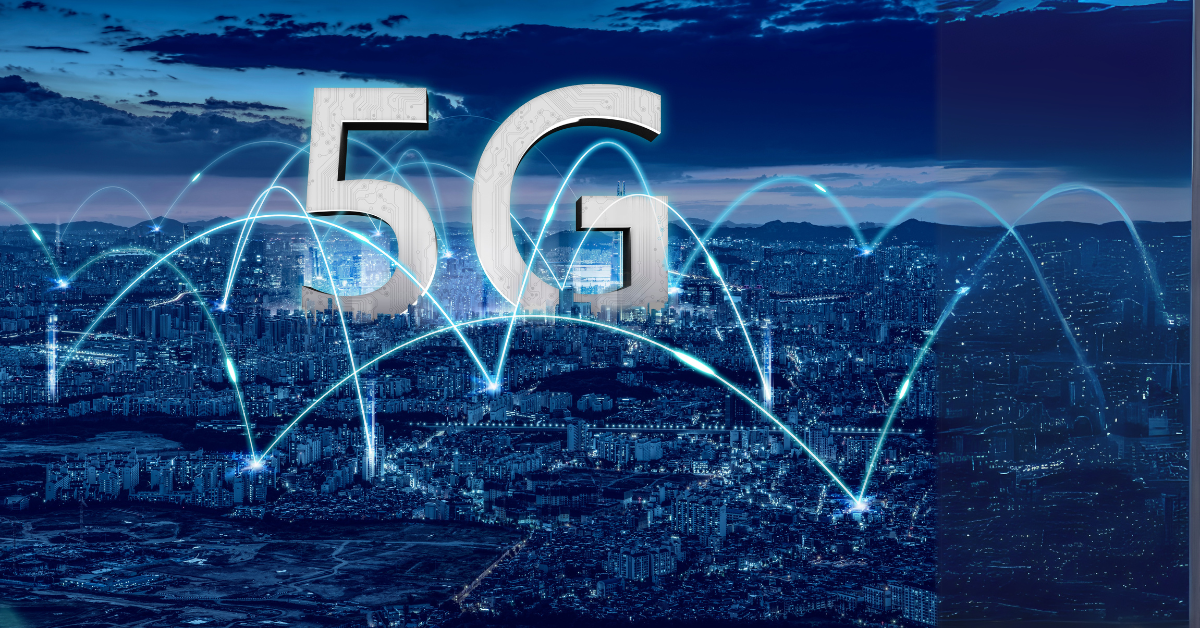
Level 3 Certificate in 5G Network Architecture and Implementation
- Gain a detailed understanding of 5G architecture and technology.
- Learn about the practical aspects of designing and deploying 5G networks.
- Build knowledge of the advanced features and applications of 5G.
- Position yourself for career opportunities in next-generation telecom technologies.
- Understand the principles of 5G technology and its evolution from earlier generations.
- Learn about the key components of 5G architecture, including radio access and core networks.
- Develop practical skills for planning and deploying 5G networks.
- Explore the applications and potential of 5G in industries such as IoT, autonomous vehicles, and smart cities.
- Introduction to 5G Technology
- Overview of 5G evolution and its key features.
- Differences between 4G and 5G technologies.
- 5G Network Architecture
- Radio Access Network (RAN) and its components.
- Core network features: slicing, virtualization, and edge computing.
- Implementation of 5G Networks
- Planning and deployment strategies for 5G.
- Tools and techniques for testing and optimizing network performance.
- Applications and Future Trends in 5G
- Real-world use cases: IoT, AR/VR, autonomous vehicles, and smart cities.
- Challenges and future developments in 5G networks.
- Advance to Level 4 Certification in Fiber Optic Communication and Network Design or Level 5 Diploma in Advanced Telecommunication Network Management.
- Explore roles such as 5G network planner, implementation specialist, or telecom engineer.
- Cutting-Edge Curriculum: Stay ahead with the latest developments in 5G technology.
- Practical Learning: Hands-on training in 5G network planning and deployment tools.
- Expert Faculty: Learn from experienced professionals in mobile communications.
- Globally Recognized Certification: Enhance your credentials with a respected qualification in 5G technology.
Study Units
- Introduction to 5G Technology
- Overview of 5G evolution and its key features.
- Differences between 4G and 5G technologies.
- 5G Network Architecture
- Radio Access Network (RAN) and its components.
- Core network features: slicing, virtualization, and edge computing.
- Implementation of 5G Networks
- Planning and deployment strategies for 5G.
- Tools and techniques for testing and optimizing network performance.
- Applications and Future Trends in 5G
- Real-world use cases: IoT, AR/VR, autonomous vehicles, and smart cities.
- Challenges and future developments in 5G networks.
By the end of this course, learners will:
- Understand the principles of 5G technology and its evolution from earlier generations.
- Learn about the key components of 5G architecture, including radio access and core networks.
- Develop practical skills for planning and deploying 5G networks.
- Explore the applications and potential of 5G in industries such as IoT, autonomous vehicles, and smart cities.
This course is ideal for:
Telecom and Network Engineers
Professionals already working in 3G/4G technologies who want to transition into next-generation mobile network roles and gain expertise in 5G architecture.
Graduates of Level 2 Telecom Programs
Learners who have completed foundational telecom qualifications such as the Level 2 Award in Mobile Network Design and Optimization or Digital Communication Systems, and are ready to take their knowledge to the next level.
IT and Network Infrastructure Specialists
Individuals involved in enterprise networks, data centers, or network planning who want to understand and work with 5G technologies.
Engineering Students and Recent Graduates
Students from telecommunications, electronics, computer science, or electrical engineering backgrounds seeking a competitive edge in the emerging 5G job market.
Technology Innovators and Entrepreneurs
Professionals and startup founders interested in the application of 5G in sectors such as IoT, smart cities, healthcare, AR/VR, or autonomous transport.
Government and Public Sector Technicians
Personnel working on digital transformation projects or smart infrastructure deployments who require practical knowledge of 5G capabilities and implementation.
Our assessment process is designed to ensure every learner achieves the required level of knowledge, skills, and understanding outlined in each course unit.
Purpose of Assessment
Assessment helps measure how well a learner has met the learning outcomes. It ensures consistency, quality, and fairness across all learners.
What Learners Need to Do
Learners must provide clear evidence that shows they have met all the learning outcomes and assessment criteria for each unit. This evidence can take different forms depending on the course and type of learning.
Types of Acceptable Evidence
Assignments, reports, or projects
Worksheets or written tasks
Portfolios of practical work
Answers to oral or written questions
Test or exam papers
Understanding the Structure
Learning outcomes explain what learners should know, understand, or be able to do.
Assessment criteria set the standard learners must meet to achieve each learning outcome.
Assessment Guidelines
All assessment must be authentic, current, and relevant to the unit.
Evidence must match each assessment criterion clearly.
Plagiarism or copied work is not accepted.
All learners must complete assessments within the given timelines.
Where applicable, assessments may be reviewed or verified by internal or external quality assurers.
Full learning outcomes and assessment criteria for each qualification are available from page 8 of the course handbook.
Top Courses
No results found.
Related Courses
Let's Get in touch
Deleting Course Review
Course Access
This course is password protected. To access it please enter your password below:



